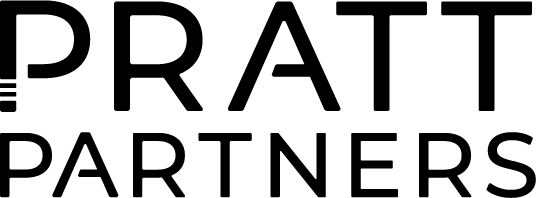High-Income Earners: A Broader Approach to Tax Efficiency
For individuals with income in excess of $250,000, whether from business activity, salary, investments or a combination—the question of how to reduce tax is common.
Effective tax planning at this level requires more than a focus on deductions.
It involves understanding the composition of income, available investment capacity, and the structural decisions that shape long-term financial outcomes.
This article outlines several tax and structuring considerations relevant to high-income earners.
Investment Capacity and Interest Deductions
A common misconception is that tax savings arise simply through claiming expenses. In practice, the more enduring strategies stem from using available cash flow or borrowing capacity to fund investments that generate assessable income—such as real estate or listed securities.
Where the income from such investments is initially lower than the associated interest costs, a deductible loss may arise (commonly referred to as negative gearing). When structured and documented correctly, this loss can be offset against other income, subject to the relevant provisions the Income Tax Assessment Act.
From a structuring perspective, the deductibility of interest depends on several factors, including:
The purpose of the borrowing;
The nature of the investment; and
The ownership of the asset.
It is essential to distinguish between private and investment use, and to ensure records substantiate the income-generating purpose of the loan. Strategic borrowing, when implemented prudently, can be an effective mechanism for tax efficiency over time.
Income Composition and Structural Flexibility
Another critical consideration is the nature of income sources. Taxpayers in this income bracket may derive income from:
Employment (salary and wages);
Business or consulting activities;
Rental properties;
Interest, dividends and other investments;
Distributions from trusts or partnerships.
Each category carries different tax treatment and may interact differently with deductions or entity structures. For instance, interest income earned in a personal name by a taxpayer on the highest marginal rate will attract substantial tax, whereas distributing that income through a discretionary trust (where appropriate and lawful) may achieve a lower effective rate within the family group.
Likewise, investment assets held individually may limit planning flexibility compared to assets held through a trust, company or partnership structure.
While establishing additional structures should never be done purely for tax reasons, reviewing the alignment between income sources, ownership structures and intended outcomes is often a worthwhile exercise for high-income earners.
Cash Flow Constraints
It is not uncommon for individuals with substantial taxable income to experience limited liquidity due to fixed financial commitments. These may include:
Principal and interest repayments on the family home;
Private school fees and household expenses;
Business reinvestment;
Personal insurance premiums and other obligations.
When surplus cash flow is limited, options may still exist through refinancing or equity release, provided the purpose is clearly linked to an income-producing activity. In some cases, it may be appropriate to defer investment activity and instead focus on ensuring the current structure is appropriately configured for when the opportunity arises.
Assessing cash flow in conjunction with after-tax income projections can assist in determining whether investment strategies are viable in the short term, or whether a staged approach is more appropriate.
Strategic Alignment
Ultimately, tax efficiency is best achieved not through ad hoc deductions but through long-term strategic alignment between:
Income sources;
Ownership and entity structures;
Financing arrangements; and
Investment goals.
This is particularly relevant for business owners and professionals whose financial affairs often span multiple income streams and entities. Regular reviews of structure, purpose, and documentation help ensure ongoing compliance and identify areas for refinement.
Importantly, while investment and lending decisions should always be made in consultation with licensed professionals, there remains significant value in engaging tax advisers early in the process to evaluate the implications and ensure appropriate planning is in place.
This article provides general tax and structuring insights and does not constitute financial product advice. For investment decisions, please consult an appropriately licensed financial adviser.
BE THE FIRST TO KNOW
Subscribe to receive future reports.
Complete the form below to receive timely and insightful information directly to your inbox. Make sure you never miss an update.

